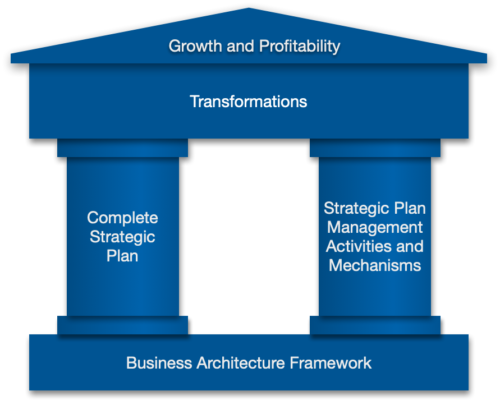Faced with increased competition, fueled by trends such as globalization, the digital shift, Industry 4.0, artificial intelligence and agility, organizations have no choice but to continuously transform themselves and at a faster and faster pace. However, according to recent polls conducted by Forbes, McKinsey and The Economist among thousands of senior executives around the world, the vast majority of organizations remain dissatisfied with their ability to transform themselves, despite the various best practices they have adopted to help. They are still having difficulties doing the right things well, in the right order and quickly enough. To break out of this impasse and ensure their growth, it is imperative that organizations change the way they go about transforming themselves.
It is this imperative that motivated the design of the ASATE approach. It is the result of an in-depth examination of the 12 types of difficulties organizations face in their organizational transformations. It is the culmination of many years of work to identify, develop, test and perfect the integrated set of methods, best practices, and tools that make it up.
The ASATE approach is grounded in research that demonstrates that organizations that combine rigour and agility in the formulation and execution of their strategic plan are more successful in transforming themselves and have superior growth and profitability. And this, even if they evolve in turbulent markets. This is why the ASATE approach includes the creation of an integrated strategic plan that includes, in addition to the traditional components of such a plan, a concrete description of the changes required for the full implementation of the strategy as well as an optimized roadmap for executing these changes. The ASATE approach also includes the establishment of all the activities and management mechanisms required to formulate and execute the strategic plan in a more rigorous yet agile manner. These activities and mechanisms, as well as the creation of the strategic plan, are based on the ASATE business architecture framework. This powerful framework makes it possible to design, integrate and optimize all aspects of the organizational transformations: organizational structure, processes, IT systems, business technologies, expertise, trademarks, etc.

